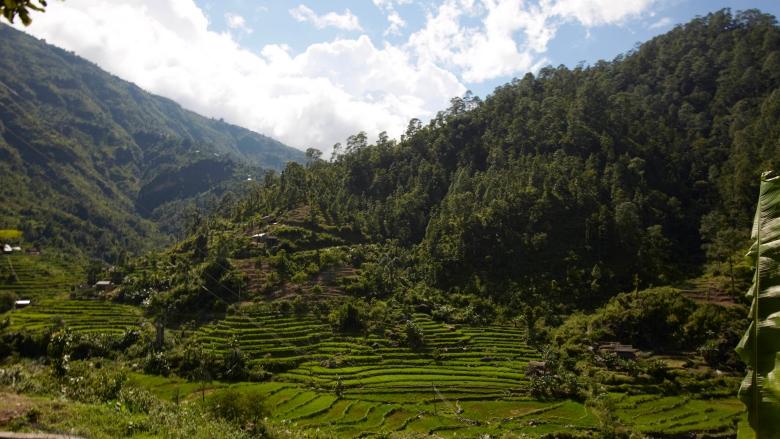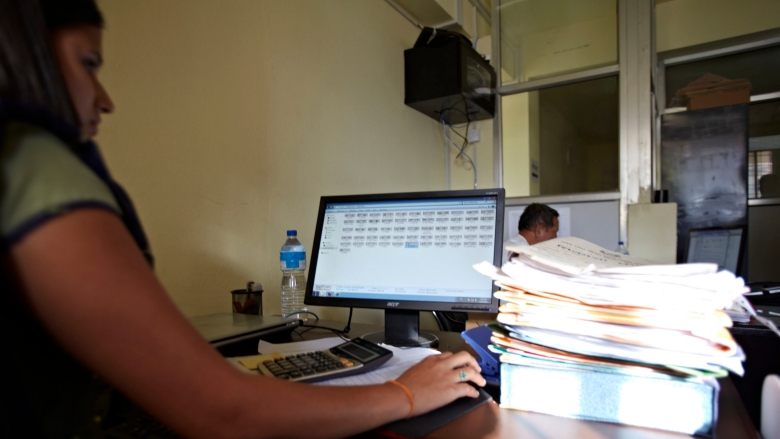Challenge
Nepal has been hit by two major shocks in the span of six months. The first one was the massive earthquakes of April and May 2015. The second shock came in the form of a near complete disruption of external trade following the adoption of the new Constitution on September 20, 2015.
Devastating earthquakes in April and May of 2015 took a huge human toll; destroyed homes, businesses, irreplaceable cultural heritage sites and slowed economic growth. The Government of Nepal (GoN), through a Post Disaster Needs Assessment (PDNA), estimated the value of losses at USD 7.1 billion (physical damage of USD 5.2 billion and economic losses, spanning several years, of USD 1.9 billion). In addition, growth is estimated to have slowed to 3.4 percent in FY15, two percentage points lower than a year before, reflecting both weak agricultural season at the start of the fiscal year as well as earthquake-related disruptions.
Furthermore, the earthquake upended Nepal’s remarkable run in poverty reduction. Simulations suggest that the earthquakes could end up pushing an additional 0.7-1.0 million of Nepalis into poverty in FY15-FY16, as the result of the earthquake. This translates to additional 2.5-3.5 percent of Nepalis pushed into poverty. In addition to monetary poverty, the deterioration of water and sanitation services, disruption of schools and health services and the possible increase in food insecurity may lead to a bigger impact on multidimensional poverty, if public services are not restored soon.
Nepal’s political parties intensified their efforts to adopt a new constitution, after eight years of deliberations, spurred on by the shift in political priorities following the 2015 earthquakes. As the constitutional process drew to an unexpectedly rapid close, protests and clashes, some of which turned violent and deadly, erupted in August 2015 across the country’s southern belt bordering with India. Following the promulgation of the new constitution on September 20, 2015, protests intensified, leading to a near-complete disruption in cross-border trade. This resulted in acute shortages of fuel and essential supplies across the country.
With varying intensity, the trade disruptions—which lasted more than four months—have affected economic activity across the board. Industry has been severely affected. The service sector has also been hit hard as tourism, trade, and transport have been disrupted. Agriculture has been affected by lack of fertilizers and other inputs which has already affected summer crops and is likely to have an impact on subsequent harvests. Both government revenues and expenditures have fallen sharply, while shortages of goods have pushed up prices adversely affecting welfare.
Estimating the impact of the trade disruptions in a data-poor and uncertain environment is inherently difficult and imprecise. Based on the data available, and applying a number of different approaches, growth in FY16 is estimated to range anywhere from 1 to 2.3 percent.

